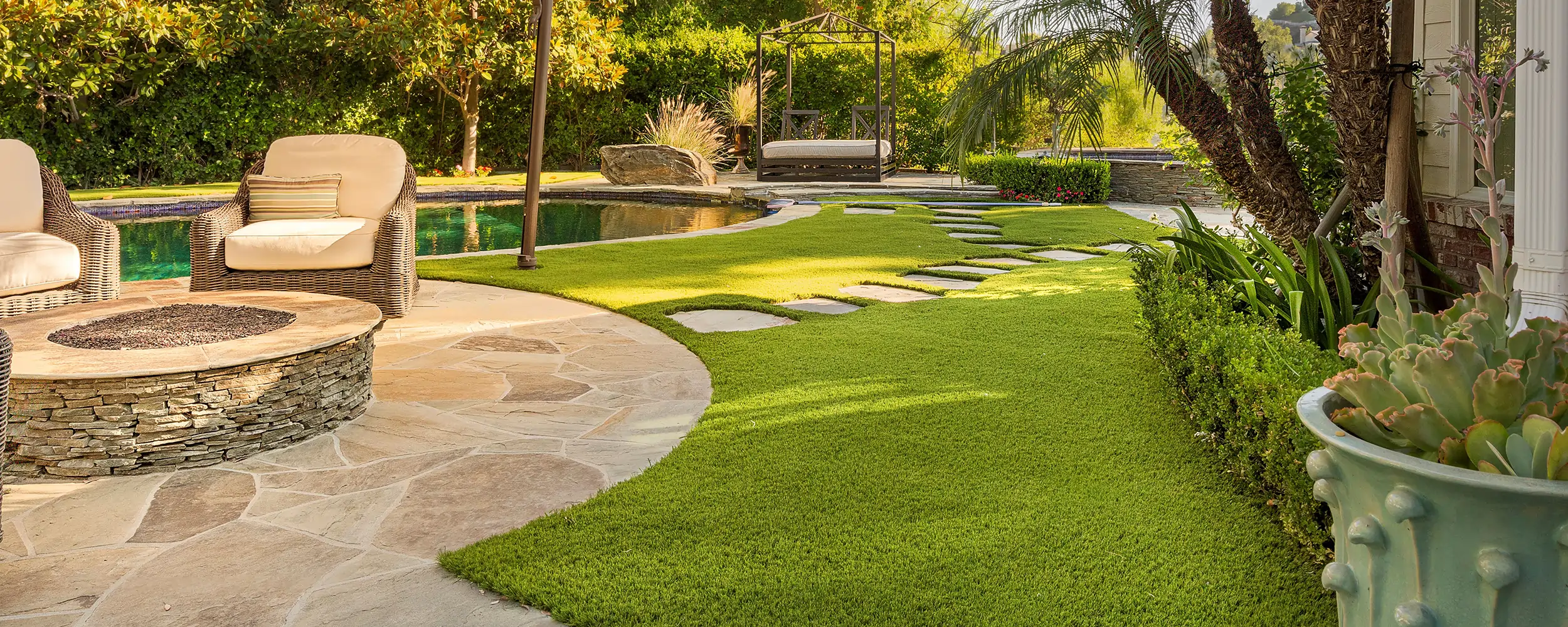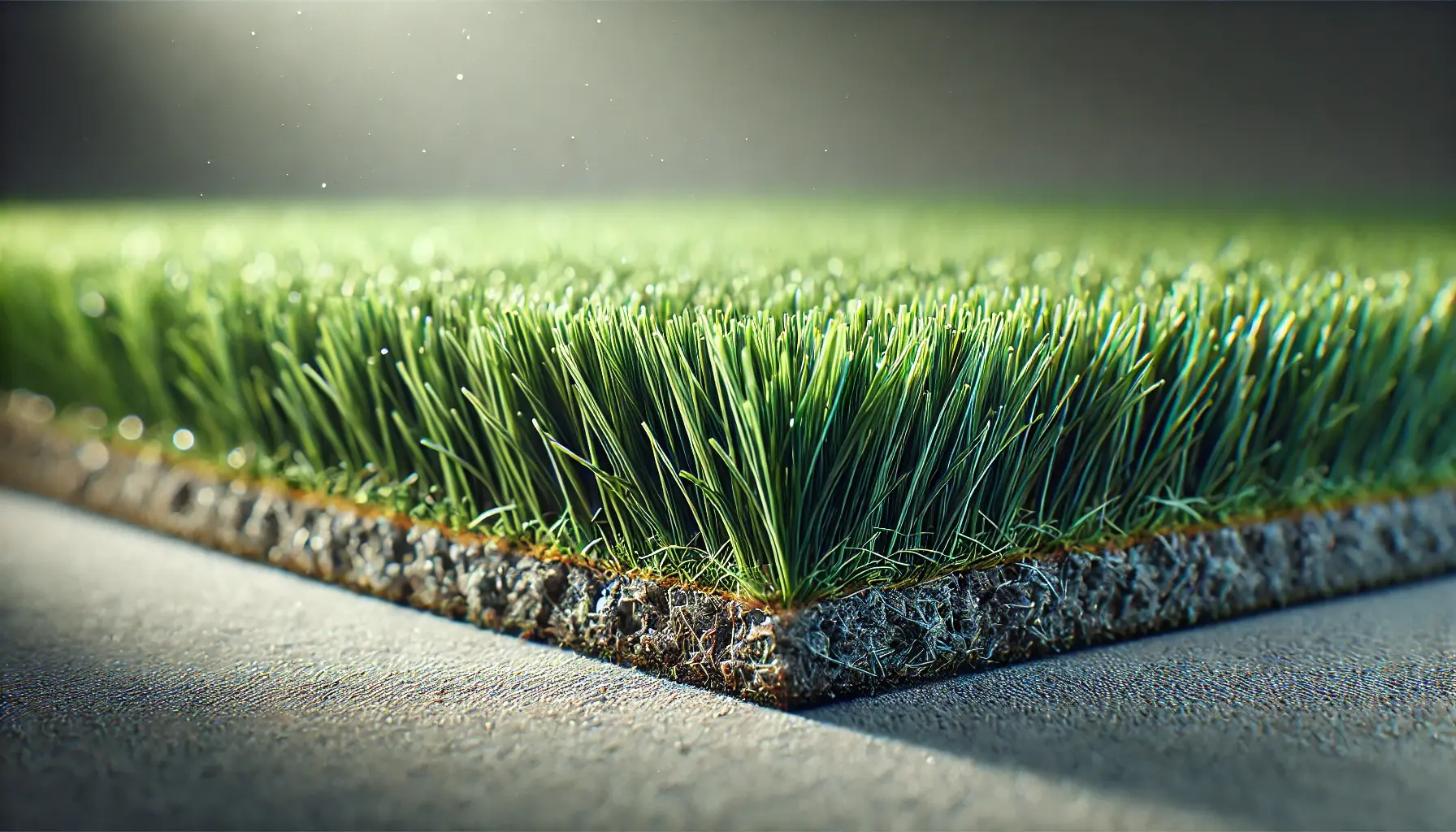Enhance Your Outdoor Space with Arizona Artificial Turf for a Vibrant Green Look
Delve Into the Environmental Advantages of Opting for Artificial Turf Solutions
The adoption of man-made lawn services provides an engaging possibility to deal with pushing environmental challenges. By considerably minimizing water use and minimizing the application of unsafe chemicals, these choices not just promote lasting landscape design however additionally shield regional ecological communities.
Water Conservation Advantages
One of the most substantial benefits of fabricated turf is its capacity to save water. In contrast, artificial lawn does not require watering, considerably minimizing the total demand for water resources.
By eliminating the demand for regular watering, fabricated lawn adds to sustainable landscape methods and aids minimize the ecological impact of extreme water intake. The conservation of water extends to the reduction of overflow, which can lead to soil disintegration and river pollution.
Additionally, the installment of artificial lawn allows house owners and municipalities to designate water resources a lot more effectively, concentrating on vital usages such as alcohol consumption water and agriculture. The change in the direction of synthetic grass not only advertises responsible water usage but additionally lines up with wider environmental goals focused on protecting natural deposits.
As areas increasingly prioritize sustainability, the water conservation benefits of man-made turf provide a compelling situation for its adoption in domestic and commercial landscaping projects.
Decreased Chemical Use
The transition to synthetic grass dramatically lowers the dependence on chemical therapies typically made use of in natural lawn upkeep. Traditional turf monitoring commonly involves the application of pesticides, herbicides, and plant foods to advertise development and control insects. These chemicals can position risks to human wellness, neighborhood wildlife, and the environment, adding to soil and water contamination.
On the other hand, artificial grass eliminates the demand for these unsafe compounds. As soon as mounted, it needs minimal upkeep, largely including routine cleansing and occasional infill replenishment. This reduction in chemical use not only profits the instant environment yet likewise adds to wider environmental security. By lessening the release of artificial compounds right into the environment, artificial lawn promotes much healthier soil and water supply.
Additionally, the absence of chemical drainage related to synthetic grass setups helps safeguard neighborhood rivers from contamination, supporting water life and keeping biodiversity. Phoenix turf companies. As neighborhoods increasingly prioritize sustainable techniques, going with synthetic grass offers a viable service that lines up with environmental conservation goals. With this change, homeowner can delight in rich environment-friendly rooms without compromising environmental health and wellness, leading the means for a more sustainable future
Lower Carbon Impact

Furthermore, the setup of man-made lawn can result in considerable water conservation. Natural yards require significant amounts of water for irrigation, which not only adds to the carbon footprint connected with water extraction and treatment however additionally strains local water resources. On the other hand, synthetic grass requires marginal upkeep, calling for no watering, therefore dramatically minimizing water use and its associated energy costs.
Additionally, the durability of synthetic grass adds to its decreased carbon influence. With a life-span of approximately 15 years or even more, the requirement for regular substitutes is lessened, causing much less waste and lower power consumption in manufacturing and dealing with traditional lawn options. Generally, man-made grass provides a sustainable option for ecologically aware landscaping.
Environment Preservation
Environment preservation is a vital consideration in the discussion over landscaping selections, especially when contrasting synthetic grass to natural turf. All-natural yard yards usually call for extensive maintenance, consisting of the usage of plant foods, chemicals, and herbicides, which can adversely influence local environments. These chemicals can seep into the more information dirt and waterways, hurting indigenous flora and animals and disrupting local habitats.
Artificial turf eliminates the need for damaging chemicals, therefore shielding nearby wildlife and maintaining the stability of bordering environments. The setup of synthetic grass can lead to the conversion of former lawn locations into even more biodiverse landscapes, such as pollinator yards or indigenous plant areas, which can sustain neighborhood wildlife.
Inevitably, the shift to synthetic grass not just preserves water and decreases upkeep efforts however also promotes a more harmonious connection in between human tasks and the native environment, promoting environment conservation while doing so.
Long-Term Sustainability
Long-lasting sustainability is a vital variable in evaluating the benefits of fabricated grass over standard grass yards. moved here Among the most substantial benefits of synthetic grass is its longevity; it can last as much as 15-20 years with minimal maintenance, whereas natural turf calls for regular reseeding and substitute. This durability lowers the need for constant resources, such as water, plant foods, and pesticides, which are essential for keeping a healthy grass lawn.
Additionally, synthetic grass contributes to a decrease in carbon emissions linked with lawn care devices. Traditional grass commonly need gas-powered mowers, leaners, and blowers, all of which add to air pollution. Arizona artificial turf. In comparison, synthetic grass eliminates the demand for such tools, advertising a cleaner atmosphere
In addition, the manufacturing of synthetic grass progressively uses recycled materials, boosting its sustainability profile. As makers take on environment-friendly methods, the ecological footprint of synthetic grass remains to reduce.

Conclusion
The fostering of synthetic grass remedies offers significant environmental advantages, consisting of substantial water preservation, minimized reliance on dangerous chemicals, and a reduced carbon footprint. Artificial grass aids in preserving natural habitats by minimizing land disturbance and promoting long-lasting sustainability with the usage of durable products. Jointly, these factors highlight the potential of synthetic grass to add favorably to ecological wellness and supply a sensible choice to typical landscape design see techniques in a significantly resource-conscious world.
In contrast, man-made grass does not require watering, considerably decreasing the overall demand for water resources. By reducing the launch of synthetic substances right into the ecological community, man-made lawn advertises healthier soil and water systems.
Additionally, the installation of fabricated lawn can result in considerable water preservation. In comparison, man-made grass needs marginal upkeep, requiring no watering, thereby dramatically lowering water usage and its linked power prices.